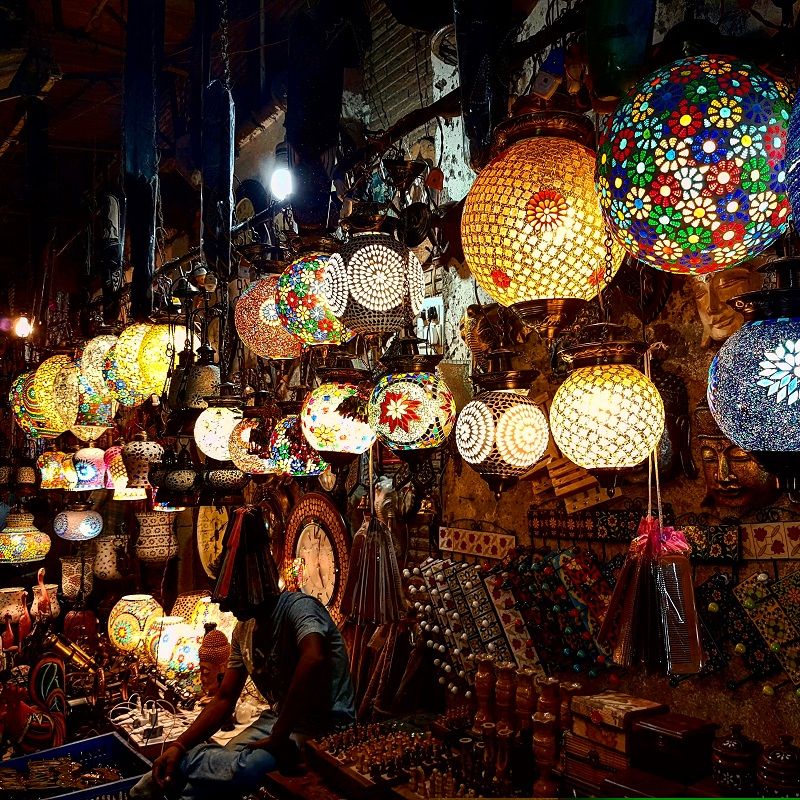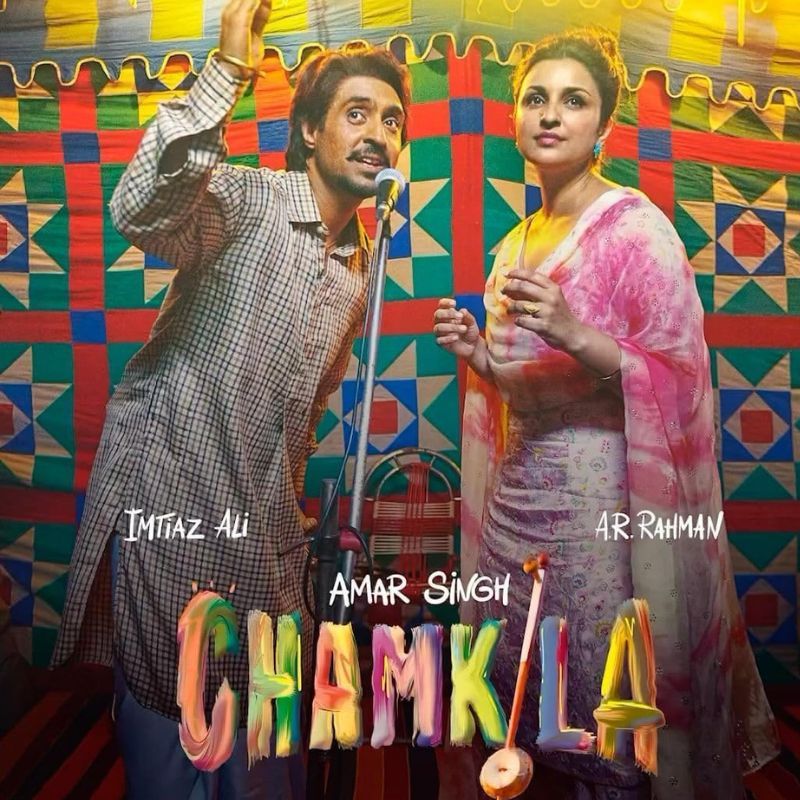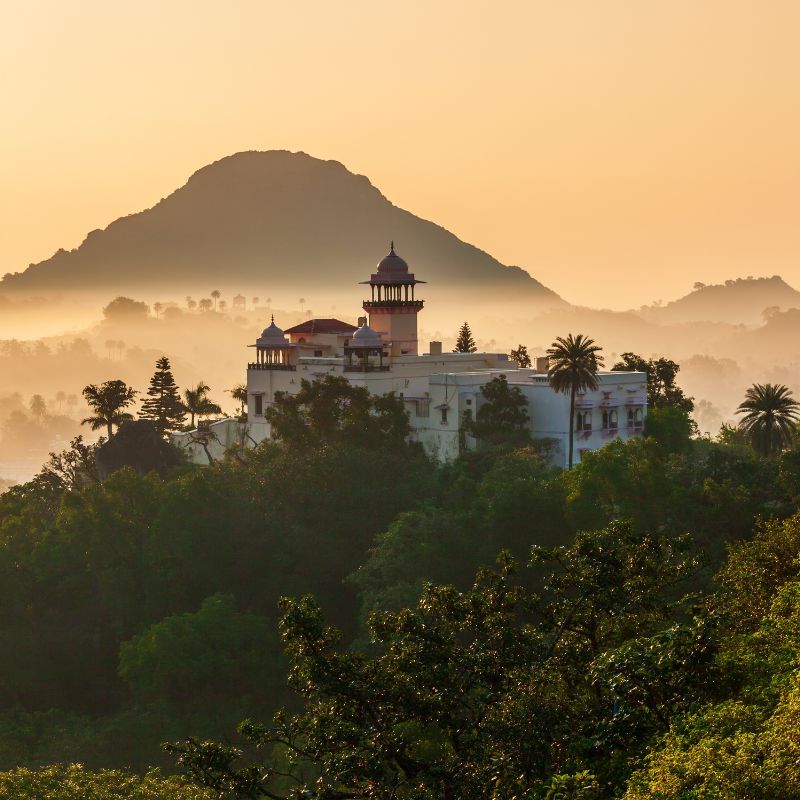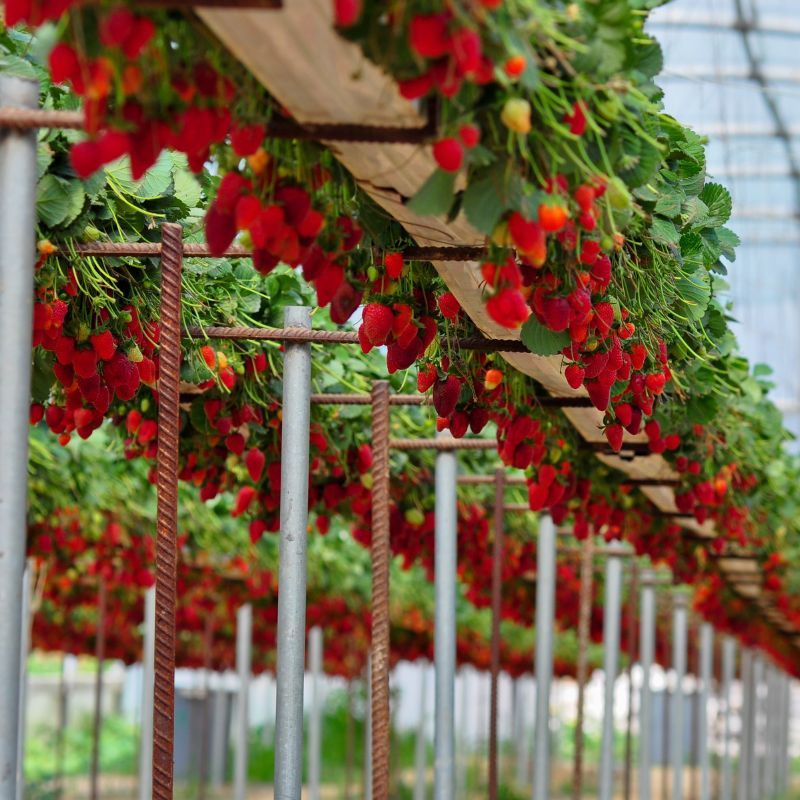
The art form of Patan patola has been passed down through 40 generations of the Salvi family since the 11th century. But patola saris’ unique making process and exceptional precision means that keeping the tradition alive is no mean feat. By Veidehi Gite
Preserving the family legacy of Patan patola
Did you know that some of the artwork unearthed in the Ajanta caves bears remarkable resemblance to the famous patola tie-dye designs of Gujarat? Derived from the Sanskrit word pattakulla, patola is an expensive fabric that has enjoyed popularity since the 11th century. Double ikat patola weaving was said to protect combatants inwarfare as well as against evil and illness. Patolas were frequently offered as extravagant gifts in the 17th and 18th centuries and were ministered with the same reverence as jewellery. In fact, it is said that Sita, Lord Rama’s wife, received patolas from King Janak. Intrigued by this long and illustrious history, I travelled to Patan, a tiny hamlet in Gujarat, to get to the bottom of the Patan patola heritage.

This little town, 130 kilometres from Ahmedabad, was once the capital of Gujarat. I was headed to the home of the Salvis, who claim to be the only family to be weaving the double ikat saris since the 11th century. I drove past dusty alleyways, bustling bazaars, Marwari chai and snack stalls, and the township of Patan to reach Patola House, the abode of the Salvis on the quiet Rani ki Vav road, named after another heritage gem.
It was a sunny winter afternoon, and the sandstone Patola House stood out against the blue sky. This square house has glade-green roof borders and vertical patola carvings that adorn the front walls. While the house is enveloped by lush greenery, the main entrance has four tall sandstone columns. I walked beyond the main gate and up a few steps to find myself beneath an awning with a remarkable pink and black pattern pinned to the square ceiling, my first clue that I’d arrived at the Patola Museum. On the right was a live workshop and on the left an exhibition of several patola creations encased in glass. Spools, swindles, yarns, and a wooden reeling machine made up the workshop. Spindles are manufactured using spinning wheels and are used in weaving, whereas spools are used in warping and made with a reeling machine. These factors distinguish the Salvi family from a few others who also claim to produce patola.
The business is today run by descendants of Ramchand Motichand Salvi, the founder of the business. On the day of my visit, I met a master weaver named Bharat bhai Salvi. With his eyes focussed through spectacles and fingers moving in a practised sequence, he shared that every move he makes is calculated with precision—from the minute he begins weaving a sari—and that a single mistake can ruin the entire pattern. The Salvis say they are the only ones who continue to practise the traditional methods. “Patola weaving takes a great deal of concentration, mental calculation, patience, and hand dexterity. A power loom or motorised machine can’t assist much,” said Bharat bhai Salvi, occasionally clipping off strands of excess thread using little knives. He is a 16th-generation weaver himself.
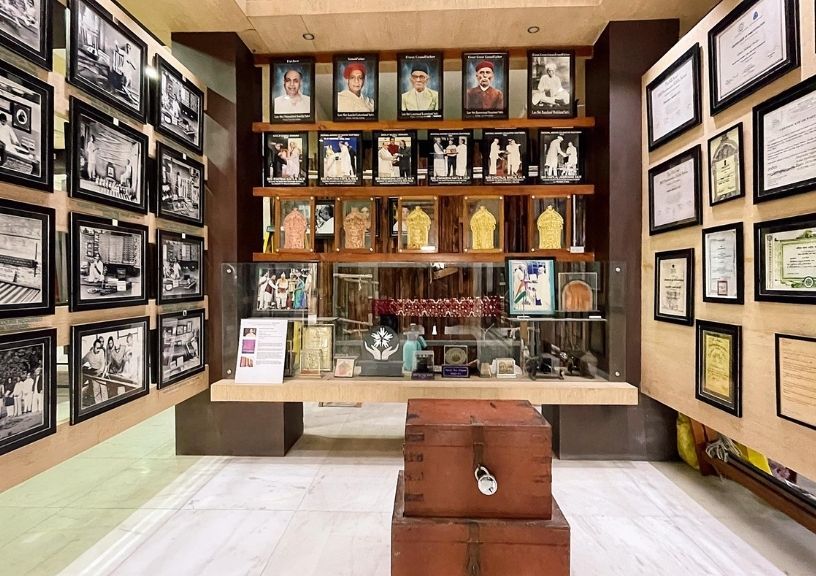
The master craftsman then segued into a story: in the 11th century, King Kumarpal of the Solanki dynasty, who held patola in high regard, brought 700 families from Jalna in Maharashtra to Patan. The king refused to use second-hand patola because the monarch of Jalna was said to use the fabric as bedsheets before selling it. Because each hand-woven patola takes at least six months of effort, King Kumarpal recruited all 700 families for himself so he could wear a fresh patola every day on his temple visit. This led to Patan becoming the epicentre of a highly valued craft that flourished between the 11th and 13th centuries. Today, just a handful of artisans are skilled in the art of weaving double ikat. Salvis are the only family in Patan, and in India, to weave patola using only natural dyes such as indigo, turmeric, madder roots, pomegranate peel, and marigold flower.
Patolas are filled with traditional symbols that are believed to invoke good fortune. The patterns that the Salvis employ have been in use since the 11th century, according to the Patola Museum. Flowers, elephants, parrots, peacocks, kalash (jug), and human figures are among the motifs. All of them are regarded as saubhagya (luck) symbols. “Because it is handcrafted from thin silk strands in many colours, the double ikat Patan patola is the most intricate and expensive. In the double ikat process, both the warp and the weft are resist-dyed before weaving. So, the colour and pattern intensity is same on both sides,” another master weaver, Rohit bhai Salvi, informed me. Individual strands or bundles of silk threads are tightly wrapped in a pattern to form the ikat resist. Then, the yarns are dyed—in same or different colours—and the bindings are adjusted to create new designs. This strategy is repeated several times to create intricate, multicoloured motifs. The double ikat patola is sometimes pictorial, and reprising a design several times down the length of a nine-yard-long sari creates anexquisite pattern. The design component of each colour is knotted separately in the warp and weft threads. Because the surface design is conceived in the threads rather than the finished material—both fabric faces are similarly patterned in double ikat.

The challenging and time-consuming process of individually colouring the warp and weft before weaving is what lends the Patan patolas their value and distinct look. Only three families are active in the making of patola in Patan, but the Salvis stand out as the only family still using traditional methods in making double ikat patola saris.
Weaving a piece with time-consuming traditional methods takes four or more people anywhere between six months and a couple of years. A sari can cost anywhere between INR 1.25 lakh and INR 5.5 lakh, but the Salvis already have years’ worth of orders. Fortunately for those who can’t afford to spend so much, a pattern that was once available only on saris is now also weaved into handkerchiefs, tablecloth borders, and scarves, I was informed.
As my visit to Patola House neared its end, I took one last glimpse of a 200-year-old gown on display and bid goodbye to a one-of-a-kind family.
Getting there
Patan is around three hours from Ahmedabad by road. The Ahmedabad airport is well connected to all major airports in the country.
Stay
Fortune Inn Haveli in Gandhinagar is two and half hours from Patan and offers traditional Indian hospitality combined with modern facilities. Doubles from INR 7,160; itchotels.com
Related: These Fabrics Have Been In India Longer Than You Can Imagine


